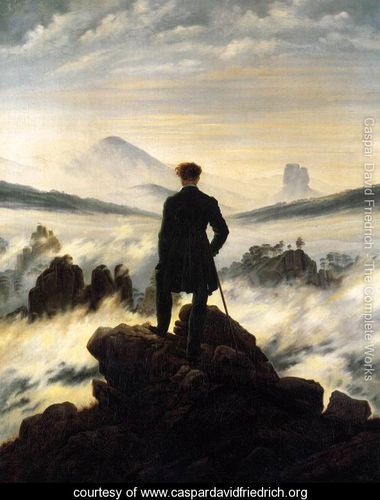In 2015 Barbara will present two concerts featuring works for solo voice and piano and voice accompanied by chamber ensemble.
Joys and Sorrows
A forthcoming performance of songs from Myrthen (Myrtles), a song cycle by the Romantic composer Robert Schumann, will highlight the wide-ranging but nevertheless topical choice of texts made by the composer when embarking upon this work.
Myrthen Op. 25 was composed in 1840, the year known as the Liederjahr or Year of Song for the composer Robert Schumann. He planned the song cycle as a wedding present for his fiancée Clara Wieck, naming it after the myrtle blossom which is traditionally associated with marriage festivities. By July of that year, Robert and Clara had received legal permission to marry and two months later, on their wedding day, Robert presented Clara with a lavishly bound copy of Myrthen, insribed with the phrase “To my beloved bride”. This song cycle contains some of Schumann’s most familiar and best-loved songs and includes settings of lyrics by Rückert, Goethe, Heine, Mosen, Robert Burns, Thomas Moore and Lord Byron.
Musick to heare!
William Shakespeare by William Blake (Manchester City Galleries)
Igor Stravinsky’s Three Songs from William Shakespeare (1953) for mezzo-soprano, flute, viola and clarinet, were written during a turning point in the composer’s style when he moved from neoclassicism to the adoption of his own unique brand of serialism. This work, along with other works dating from this transitional period, have yet to find a place in the standard classical repertoire but have nevertheless been described as displaying “high levels of sophistication, originality, complexity, vitality and vibrancy..”. Stravinsky has chosen to set three of Shakespeare’s lyrics: the sonnet “Musick to heare”, “Full fadom five” from The Tempest and “When Daisies Pied” from Love’s Labours Lost.
Four Blake Songs by the Australian composer Margaret Sutherland, written in 1957, were intended to commemorate William Blake’s bicentenary. In these songs, the composer evokes the character of the Baroque dance suite which, combined with other strongly neoclassical features and an air of English pastoralism and mysticism, pay homage to the spirit of the poet and artist William Blake. Of the the four Blake poems chosen by the composer the second, “Piping down the valley wild”, is the introduction to Songs of Innocence and Experience, while the other three “Memory come hither”, “How sweet I roamed” and “The Jocund Dance” are from Poetical Sketches.
Date and venue of concerts to be advised.
